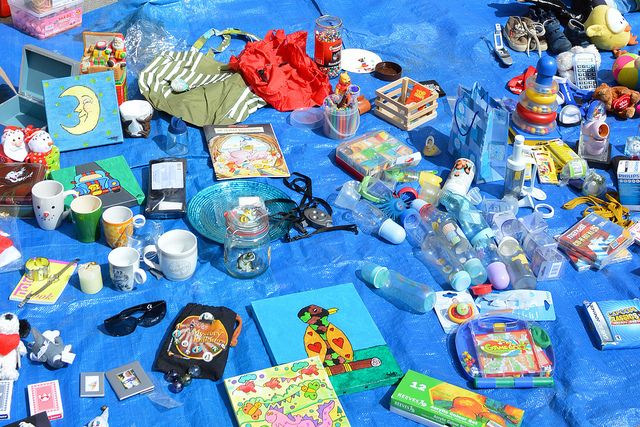[dt_button link=»http://d165vjqq8ey7jy.cloudfront.net/mp3/27622/se-8065s.mp3″ target_blank=»true» button_alignment=»default» animation=»fadeIn» size=»small» style=»default» bg_color_style=»custom» bg_color=»#333333″ bg_hover_color_style=»custom» bg_hover_color=»#444444″ text_color_style=»custom» text_color=»#ffffff» text_hover_color_style=»custom» text_hover_color=»#dddddd» icon=»fa fa-cloud-download» icon_align=»left»]Скачать[/dt_button]
[dt_divider style=»thin» /]
Transcript:
Voice 1
Welcome to Spotlight. I’m Robin Basselin.
Voice 2
And I’m Ryan Geertsma. Spotlight uses a special English method of broadcasting. It is easier for people to understand, no matter where in the world they live.
Voice 1
A young man walks down the street in Tokyo, Japan. He stops at his favorite technology store. He sees a new mobile telephone. He already has a telephone. He uses it to talk and send text messages to people. But with this new telephone, he could connect to the internet. He could play music and watch films. He considers the price. Then, he decides to buy it.
Voice 2
This may seem like a simple story. But the story of the man’s telephone is very complex. Before the man ever saw the telephone, many people worked together to produce it. Someone mined the basic materials to make it. Someone else created the individual telephone parts. Another person put it together. And yet another person placed it in its box and sent it to the store. Most people do not think about how the things they buy are made. They also do not think about what happens to this ‘stuff’ when they are done using it. But this is exactly what activist, Annie Leonard, wants people to think more about. Today’s Spotlight is on Annie Leonard’s “Story of Stuff” movement.
Voice 1
Annie Leonard is an environmental activist. She thinks it is very important for people to understand the story behind the things they buy. This story includes all the steps of making, buying and throwing away a product. Leonard calls this system the materials economy. And she believes that the materials economy is a system in crisis.
Voice 2
For many years, Leonard travelled the world, studying the stories behind products. She learned that a product like a mobile telephone could have a very global story. Materials for a telephone may be mined in both South Africa and Nigeria. Then, a woman in a factory in China might put it together. And man in Mexico might package it. Then, a teenager in Brazil might buy it. And when this person throws it away, it might end up in a disposal center in Africa.
Voice 1
The global story of many products is bigger than we think. And every stage of this story involves both people and the environment. Leonard went to 40 different countries to research the materials economy. And too often, she saw people struggling with dirty water, dirty air, disease, and poor wages.
Voice 2
In 2007, Leonard decided to create a film called “The Story of Stuff”. In “The Story of Stuff”, Leonard explains the materials economy in a simple way, using pictures. Leonard put the short film on the internet. The reaction was amazing! Today, more than 40 million people from more than 200 countries have seen her film.
Voice 1
After the film, Leonard decided to start a not-for-profit organization. She called it “The Story of Stuff Project”. Through the project, Leonard makes more films and develops educational materials for schools and faith communities. She urges people to look at the larger impact of all their buying decisions. She believes that our current materials economy is not sustainable. It cannot last because our planet has limited resources.
Voice 2
Consider the simple product of a cotton T-shirt. T-shirts seem simple and not costly. But Leonard’s message is that they are not simple. And they can be costly. The T-shirt may only cost a small amount of money. But there are other costs that we do not see.
Voice 1
The story of the T-shirt starts with the resources used to make it. Growing cotton can take a lot of water. In Uzbekistan, farmers use water from the Ural Sea for their cotton crops. Leonard reports that in the past 40 years, cotton farmers have used 80% of the sea’s water. And today, the area’s climate is more like a desert. Growing cotton can also have other costs. In some countries, the chemicals farmers use to grow cotton can cause serious health problems. Leonard reports that in India, 91% of full time male cotton workers experience major health problems.
Voice 2
But the T-shirt’s story does not end there. The next part is about the workers who make it. Many people who make clothes work in large factories that are often polluted and crowded. Often, large international companies treat workers unfairly. These companies pay very small wages for workers in countries like Bangladesh and Haiti. Then they charge higher prices for people to buy them. The difference in cost is so great that the companies make a lot of money. But too often, the people who grow the cotton or work in the factories remain in poverty.
Voice 1
The story of every product also involves buying and selling. Today, many companies make their products easy or necessary to replace. In the example of the T-shirt, the company might make the T-shirt of very poor quality. Their goal is to get people to replace their clothes more often. Another example is computers. Computer companies release new and different products every year. If you want to fix one small part of an older computer, it is often difficult and costly. Usually, it is easier to just buy a whole new computer. This makes companies more and more money. But, it creates a lot of waste.
Voice 2
And what happens to all of this stuff when we are done with it? A person may recycle or re-use a cotton T-shirt. But other products, such as computers, are more complex. They can leak poison into the air and water, especially when people dispose of them by burning them. This pollutes the environment and can cause health problems.
Voice 1
Leonard argues that people and the planet are at risk during every step of the materials economy. So, she wants people to think more carefully before they buy something. She also encourages people to take better care of the things they do buy. And she urges them to ask their governments to use safer processes for workers and the planet.
Voice 2
Annie Leonard believes that our current materials economy is in crisis. But she also believes that we can change. And she believes we are doing better. However, Leonard also asks people to think about what they need. Is more stuff the answer? Leonard told the Los Angeles Times newspaper,
Voice 3
«I have been reading about the science of happiness. After our basic needs are met, more stuff does not make us happy. It is the quality of our relationships. It is coming together around shared goals.»




